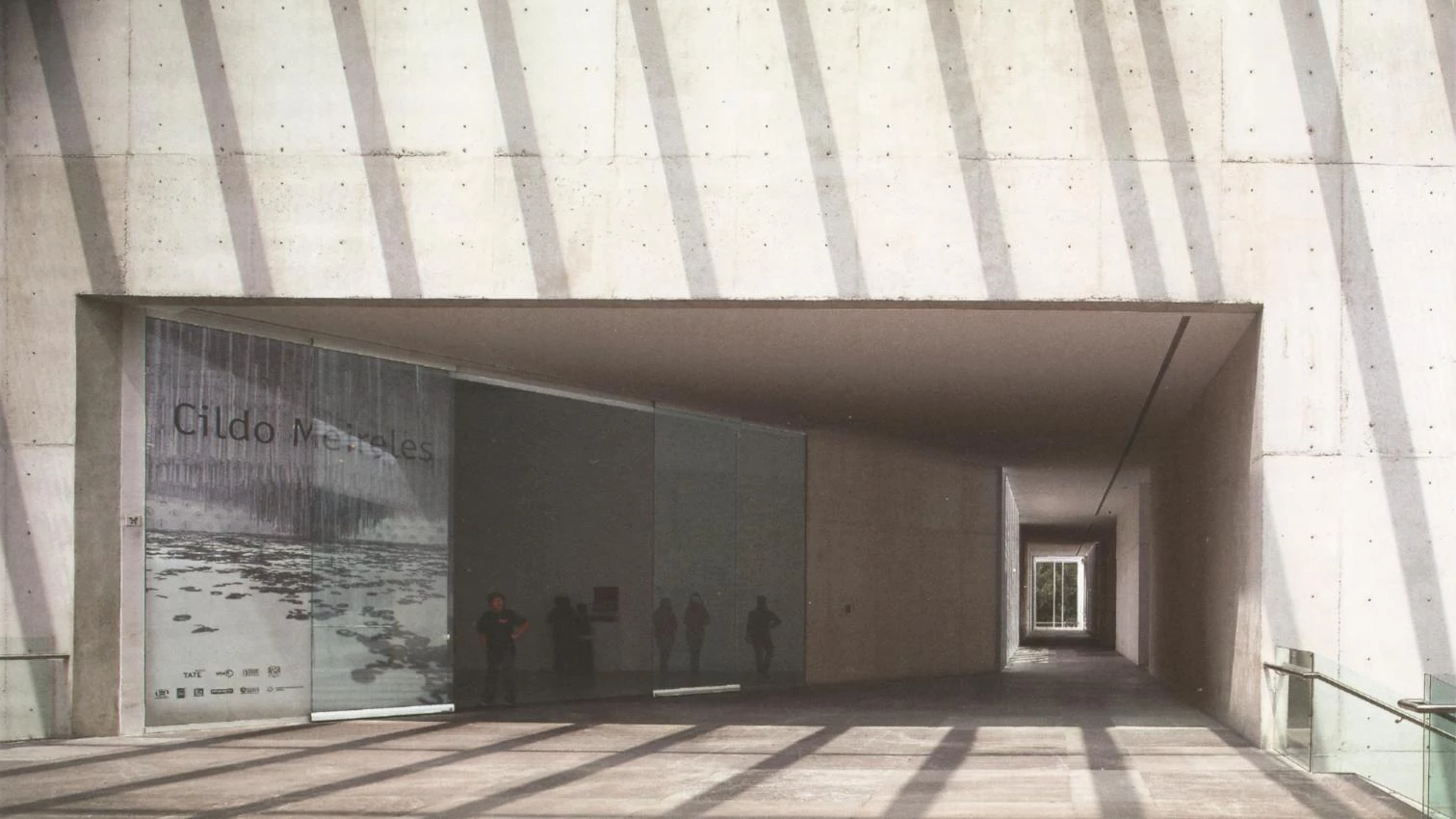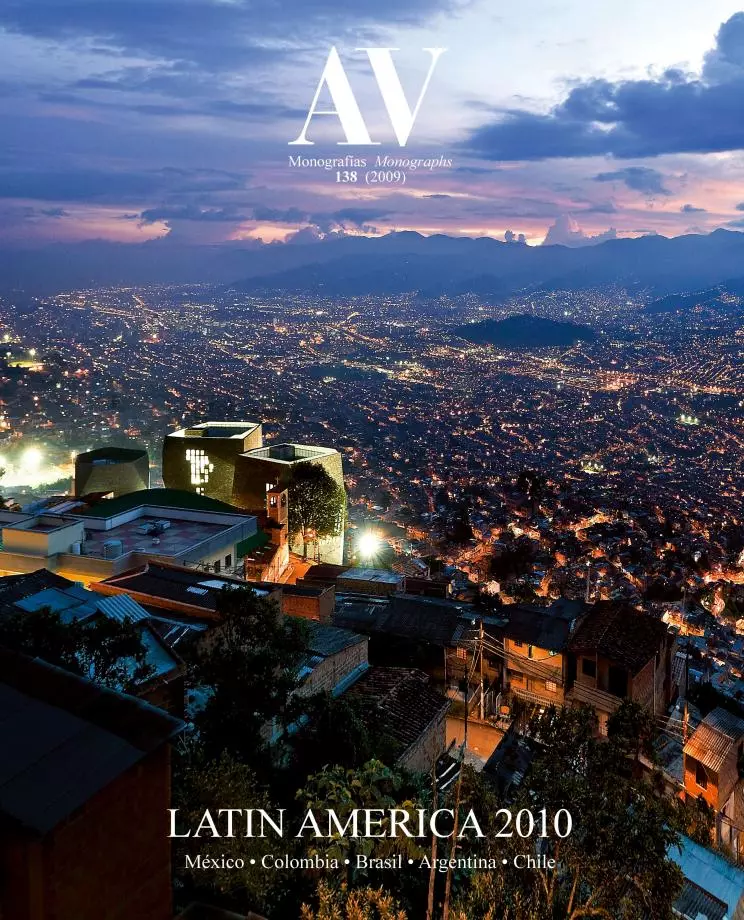Mexico, the Persistence of Tradition

The richness of contemporary Mexican architecture comes from its diversity. Diversity as an asset, not as motley supply without identity, but as interwoven generations, styles and affiliations. While in other Latin American countries there is a prominent emerging generation – Chile, for example – or continuity with classical modernity through generations – the case of Brazil –, Mexico is characterized by a coexistence of architectures that link up with the country’s pre-Hispanic, colonial or modern history, and those that participate actively in the construction of the global discourse. Eighty-year-old architects like Teodoro González de León, who still builds important works that reflect the influence of his years at the studio of Le Corbusier, or Ricardo Legorreta – symbol of the Mexican identity –, who is about to start the construction with Richard Rogers of one of the tallest buildings of the capital for the new headquarters of the BBVA Bancomer, share stage with the origamic structures of Michel Rojkind, the thermonuclear mushrooms of Fernando Romero – paradigms of the new globalized generation –, the technologies of Enrique Norten’s market or the tectonic structures of Alberto Kalach. Works like the Edificio Reforma 222 by Teodoro González de León, who reactivates the main avenue of the city gathering housing, offices and a shopping center; the new Hotel Camino Real in Monterrey by Legorreta & Legorreta; the Arts Center in Zamora by Francisco Serrano, Susana García Fuertes and Juan Pablo Serrano; the Hotel O dos (Grupo Habita) in Monterrey by Agustín Landa; or the Edificio Américas by TEN Arquitectos in Guadalajara evidence the creative and productive health of the main figures of the architectural panorama throughout the whole Republic...
[+]





